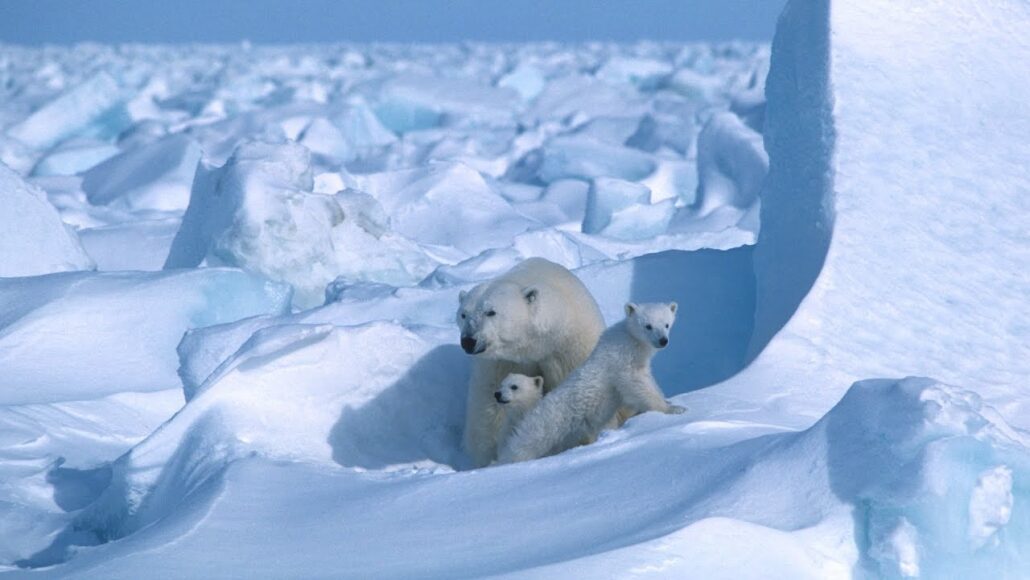Polar bears in trouble
Melting ice is bad news for polar bears that live in northern Alaska.

A mother polar bear often has two cubs at a time in a den dug into the shore or on floating ice. Baby cubs stay with their mothers for more than 2 years.
Steven C. Amstrup







